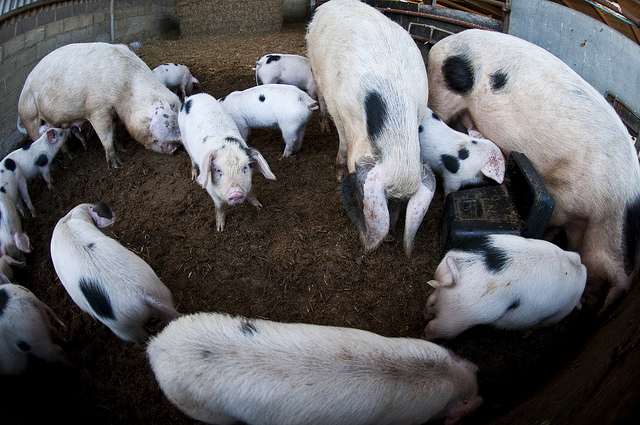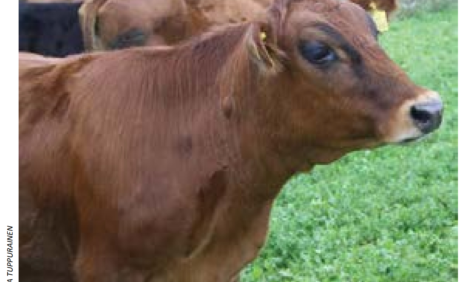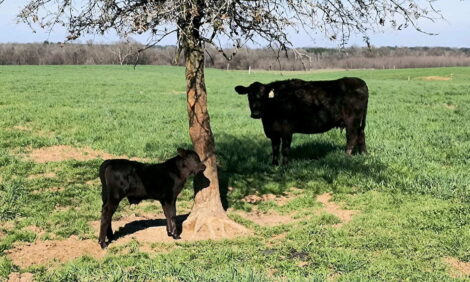



Farmers Must Drive Precision Livestock Farming
ANALYSIS – Spending large amounts of money and benefiting the academic community is all well and good but precision livestock farming (PLF) must save farmers money long-term.Europe is at the forefront of precision technologies in livestock production, and although Brazil and the US are making major steps forward, it is time to get out of the laboratory and onto the farm, the British Society of Animal Science Annual Meeting was told on Wednesday.
Dr Daniel Berckmans, a specialist in bio-responses in livestock at the University of Leuven, Belgium, called on the scientific community to take a more practical and farm oriented approach.
*
"Precision livestock farming is not about squeezing the farmer with expensive equipment or being controlling of their systems"
Addressing the Nottingham University audience, Dr Berckmans said: “Academics across Europe must figure out how every tool creates value for farmers.”
“Precision livestock farming is not about squeezing the farmer with expensive equipment or controlling their systems; it is about saving money in the long run through efficiency.”
He likened the roll of farmer and engineer to that of a sports coach and a nutritionist. “The farmer is able to work with the subject constantly at a level where solutions lie.”
Describing a two year gait analysis project into dairy cow lameness and mobility as ‘wasted time’, Dr Berckmans revealed how an alternative back curve analysis succeeded at an accuracy of 92 per cent.
“The back curve is the best predictor for lameness,” said Dr Berckmans. “When a cow redistributes weight away from one of the legs, it requires the back muscles.”
Similarly, observing pigs has unearthed secrets about the behaviour in the build-up to aggression.
Using a bird’s eye view camera, welfare experts have focused on particularly aggressive pigs, and Dr Berckmans said: “Regularly we see the same behaviour leading up to aggression.
“Like in dogs and humans, there is a lot of ‘talking’ before fighting occurs.”

Summarising the importance of on-farm experience to precision farming, Dr Berckmans said: “The biological side should dictate what the technology is for.
“Precision livestock farming should be driven not by engineers but by animal experts.”
This is not to discredit the science of modern livestock tools, which, according to a Royal Agricultural University professor, is ‘harder than rocket science’.
Professor Toby Mottram, a farm mechanisation expert at the RAU, sees gadgets being here for good.
“Precision livestock farming is going to dominate livestock nutrition,” said Professor Mottram. “It gives more control to farmers as they can monitor things for themselves.”
“All of a sudden, instead of talking through a veterinarian or feed company, the farmer can take decisions.”
He championed the merits of technologies allowing farmers to look at their own data, such as one of his own studies – a rumen bolus for measuring pH in dairy cows.
Analysis of readings is available through a radio frequency download which can then be uploaded online.
Summing up, Dr Berkmans requested a greater degree of collaboration across the spectrum of engineers and ‘animal people’.
He added: “PLF systems can replace the eyes and ears of farmers around the clock. The challenge is now to get the most advantage out of these systems.”
He also mentioned the consumer’s role in pushing agricultural technology.
“Currently in farming we are hearing about giant pig businesses fattening 350,000 animals and poultry farmers expanding to 1.5 million birds," said Dr Berckmans.
“If consumers would be willing to pay the premium required for farmers to have five cows then the farmer would be happy.”
Michael Priestley
News Team - Editor
Mainly production and market stories on ruminants sector. Works closely with sustainability consultants at FAI Farms



